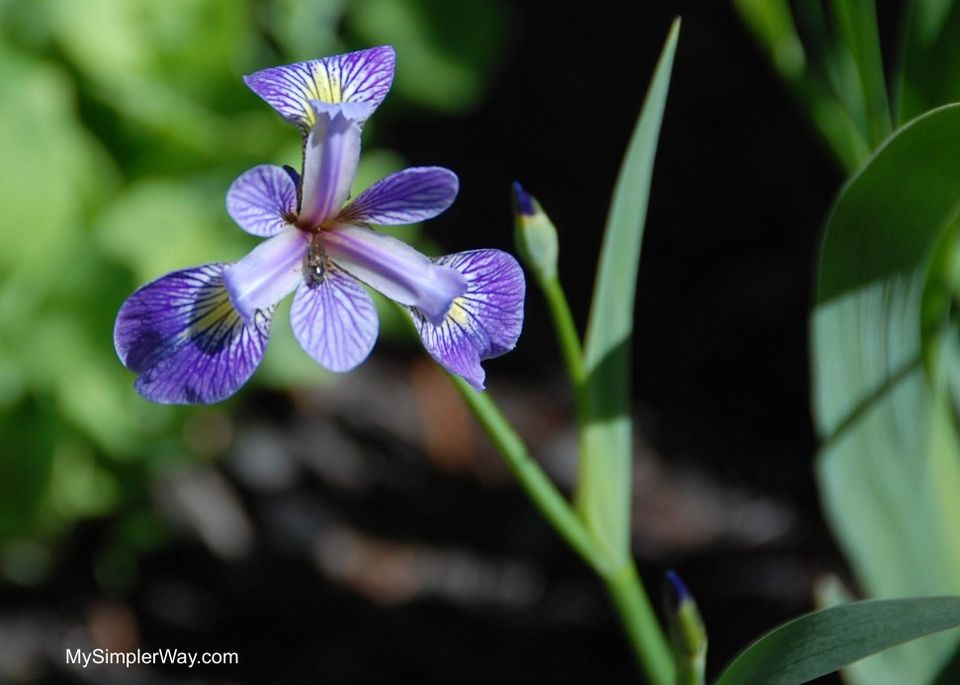Latin Name:
Iris versicolor
Other Names:
Harlequin Blueflag, Larger Blue Flag, Northern Blue Flag, Poison Flag, Purple Iris
About
This plant is part of the Iris family and is native to North America but is today also found in some other parts of the world, namely parts of Europe. The plant may start growing singly but quickly spreads to grow as a cluster of flowering plants thanks to its underground rhizomes or creeping root stalks. It is easy to transplant and propagate. The flower is not actually blue but purple and attracts numerous pollinators.
Although the plant does have medicinal use, it must be used with care and expertise, as the rhizomes contain a glycoside, named iridin, which can be poisonous to humans and animals. The sap can cause dermatitis in susceptible individuals. Its traditional uses have included detoxifying the body by increasing urination and bile production and having a laxative effect. The root has anti-inflammatory, cathartic, diuretic, emetic, and other medicinal properties and acts as a stimulant for the circulatory and lymphatic system. The boiled roots can also be made into a poultice and applied externally for various skin, arthritic, and rheumatic conditions. As tends to be the case for all roots, harvesting them in the late summer or fall amplifies their medicinal properties.
Homeopathic Use
Iris versicolor is most commonly used to treat severe headaches with visual disturbances, like migraines, as well as vomiting, and other gastrointestinal symptoms. These can include sour, acrid, or burning sensations anywhere along the digestive tract or such bodily discharges.
For more information about its homeopathic healing potential, refer to the materia medica on Iris versicolor.

